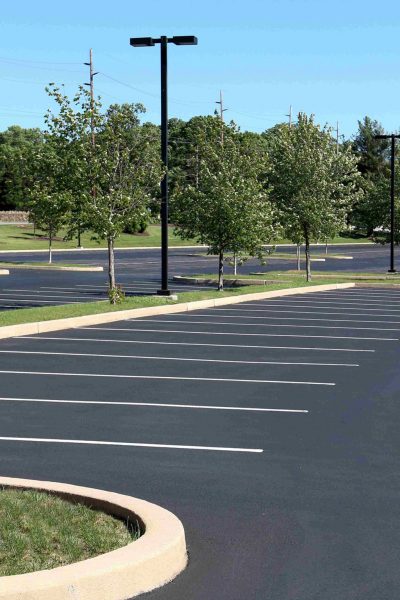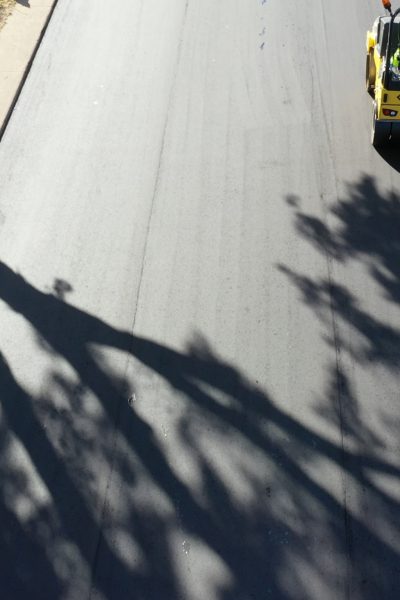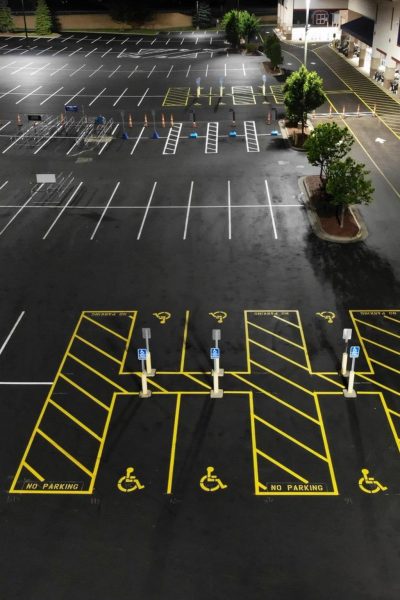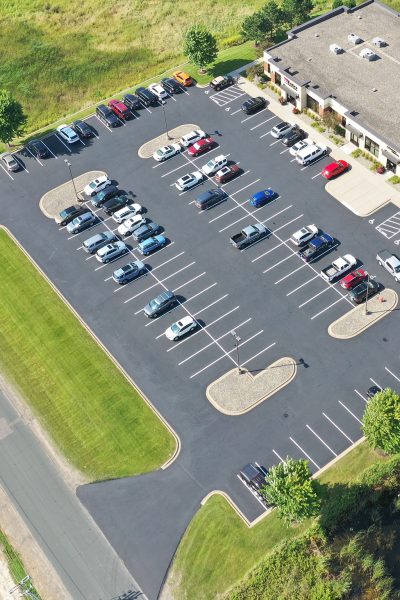Minnesota Commercial Asphalt Paving Solutions: Engineered for Durability
TAG Asphalt and Concrete, a leader in commercial asphalt services throughout Minnesota and the Upper Midwest.
TAG Asphalt and Concrete is a leading provider of commercial asphalt services, specializing in the installation, maintenance, and repair of asphalt surfaces for businesses, home owner associations, municipalities, and large-scale properties.
With decades of industry experience, we offer a wide range of services including parking lot paving, repairs, patching, milling, resurfacing, sealcoating, crack filling and line striping. Committed to delivering high-quality, durable, and cost-effective solutions, we utilize the latest equipment and technology to ensure every project meets the highest standards of safety and performance. Whether it’s a new construction or maintenance, our team of experts provides personalized service to ensure timely completion and minimal disruption to our clients’ operations.
Asphalt milling and resurfacing (overlay) is a service we provide on a regular basis, milling is the process of removing the top layer of an existing asphalt surface using specialized machinery. This method is often used to prepare a surface for resurfacing, repairs, or to improve the overall structure of the pavement. Milling helps restore roads, parking lots, driveways, and other paved areas by removing damaged or worn layers of asphalt, leaving the foundation intact so we can resurface, or overlay the surface with a layer of new asphalt. This process is more economical than total asphalt replacement.
Full depth asphalt replacement is the process of removing and replacing the entire asphalt surface, including the base layers. Unlike resurfacing or overlay, which only address the top layers of asphalt, full depth replacement involves excavating and removing the entire asphalt structure down to the subgrade (the soil or gravel base underneath the asphalt). This process is typically used when the existing asphalt surface and base layers have become too damaged to repair with less invasive methods.
Asphalt patching is the last of the three primary asphalt maintenance services. This process involves cleaning out the damaged section(s) of asphalt, removing any debris, and filling the void with fresh, high-quality asphalt mix. The patch is then compacted to ensure a smooth, durable surface that seamlessly blends with the surrounding pavement. Asphalt patching is a cost-effective solution to restore the functionality and appearance of driveways, parking lots, and roads, preventing further damage from water infiltration or traffic stress. It helps maintain safety and aesthetics while extending the lifespan of the pavement.
Asphalt maintenance is essential for extending the lifespan and enhancing the performance of asphalt surfaces. It includes services like patching, crack sealing, striping, and sealcoating to ensure the integrity and safety of parking lots, driveways, and roadways. Patching involves repairing damaged or worn sections of asphalt, while crack sealing helps prevent water infiltration and further deterioration by filling cracks with specialized materials. Striping not only enhances the visual appeal of a surface but also ensures proper traffic flow and safety by clearly marking lanes, parking spaces, and other key areas. Sealcoating provides a protective layer that guards against the damaging effects of weather, UV rays, and chemicals, preventing premature wear and helping to maintain a smooth, durable surface. Regular maintenance of these elements helps reduce costly repairs and ensures a safer, longer-lasting asphalt surface.
TAG Video Series: Asphalt Shorts
Asphalt FAQs
How long does asphalt paving last?
Asphalt paving typically lasts around 15-20 years, depending on factors such as traffic load, weather conditions, maintenance, and the quality of the initial installation. Proper care and regular maintenance can extend the life of an asphalt surface.
How do you prevent cracks in newly paved asphalt?
To prevent cracks, it’s essential to ensure proper drainage, as standing water can cause the asphalt to crack. Also, applying a sealant every 1-3 years can help protect the surface from moisture, UV rays, and wear. Keeping traffic loads within the recommended limits and avoiding heavy vehicles also helps prevent cracks.
What is the impact of heavy vehicles on asphalt paving?
Heavy vehicles, especially those that exceed the weight limits for your paved surface, can cause significant damage to asphalt. Over time, heavy trucks, buses, and construction vehicles can cause the surface to crack, break, and develop ruts. To prevent this, it’s important to design and pave the surface to handle the expected traffic load, using thicker asphalt layers and reinforcing the base as needed.




